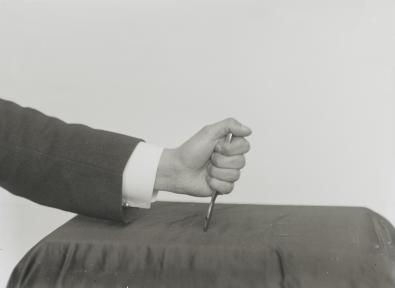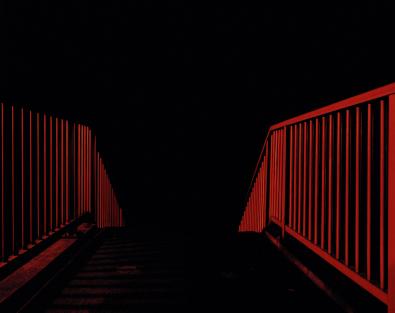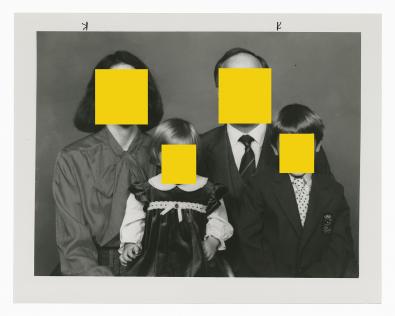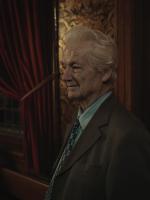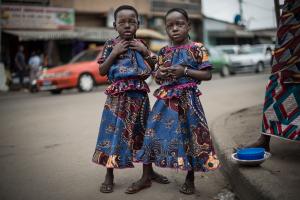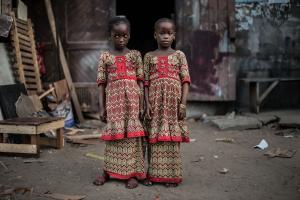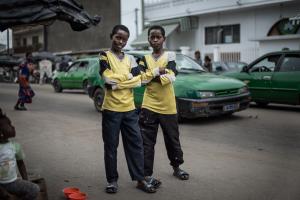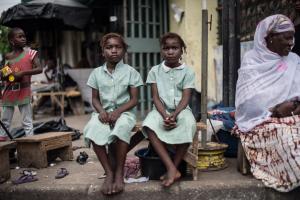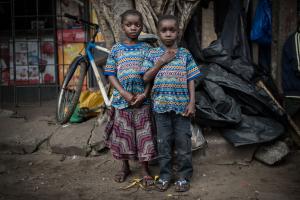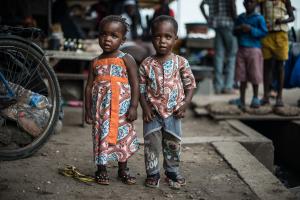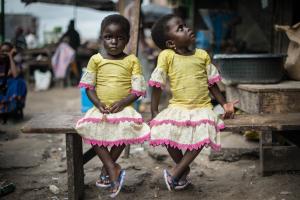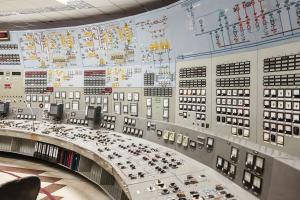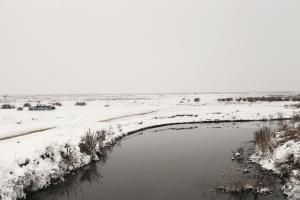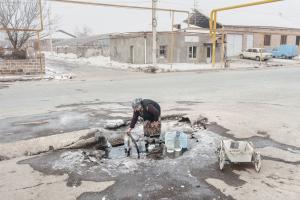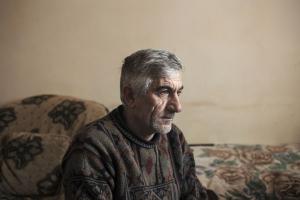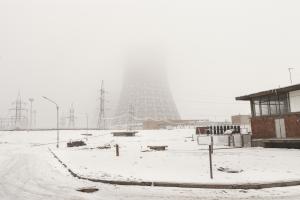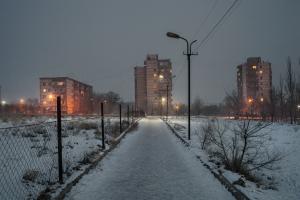Family tragedy by Edgar Martins
Siloquies and Soliloquies on Death, Life and Other Interludes which began to take shape during the course of research carried out at the National Institute of Legal Medicine and Forensic Sciences (INMLCF), in Portugal. Over a period of three years, Edgar Martins took more than a thousand photographs and scanned more than three thousand negatives from the INML’s vast and extraordinary collection. A significant number of these images depict forensic evidence, such as suicide notes, letters and other objects used in suicides and crimes as well as inherent in the work of the pathologist. However, alongside these photographs, Edgar Martins also began to recover images from his own archive and produce new photographs on other subjects, intended as a visual, narrative and conceptual counterpoint. The project sits precisely within this counterpoint between images, imaginations and imagery relating to death and the dead body, as an interstitial realm, an interlude, between art and non-art, between past and present, between reality and fiction. Edgar Martins’ decision to work in the National Institute of Legal Medicine stems from his interest in highlighting the historic and symbolic role of one of the places that, in the context of modernity, institutionalised – through scientific practice and judicial discourse – the representation, analysis and scrutiny of death and the dead body. In this sense, the incursion of a photographic artist into a place so charged with scientific character (medical, judicial, ideological) necessarily calls on epistemological, psychological and semantic questioning: e.g. what distinguishes a documental image of a corpse or a crime scene from an image that reproduces the staged creation of a mental image of a corpse or a crime scene? What effect do these differences have in the viewer’s imagination? How do the retrospective and prospective horizons appear in the face of these different types of image? In this way, by productively linking documental and factual records (pertaining to real cases and meeting the scientific and operational requirements of the INMLCF) with images that seek to explore their speculative and fictional potential, Siloquies and Soliloquies on Death, Life and Other Interludes proposes to scrutinise the tensions and contradictions inherent in the representation and imagination of death, in particular violent death, and, correlatively, the decisive but deeply paradoxical role that photography – with its epistemological, aesthetic and ethical implications – has played in its perception and intelligibility.

